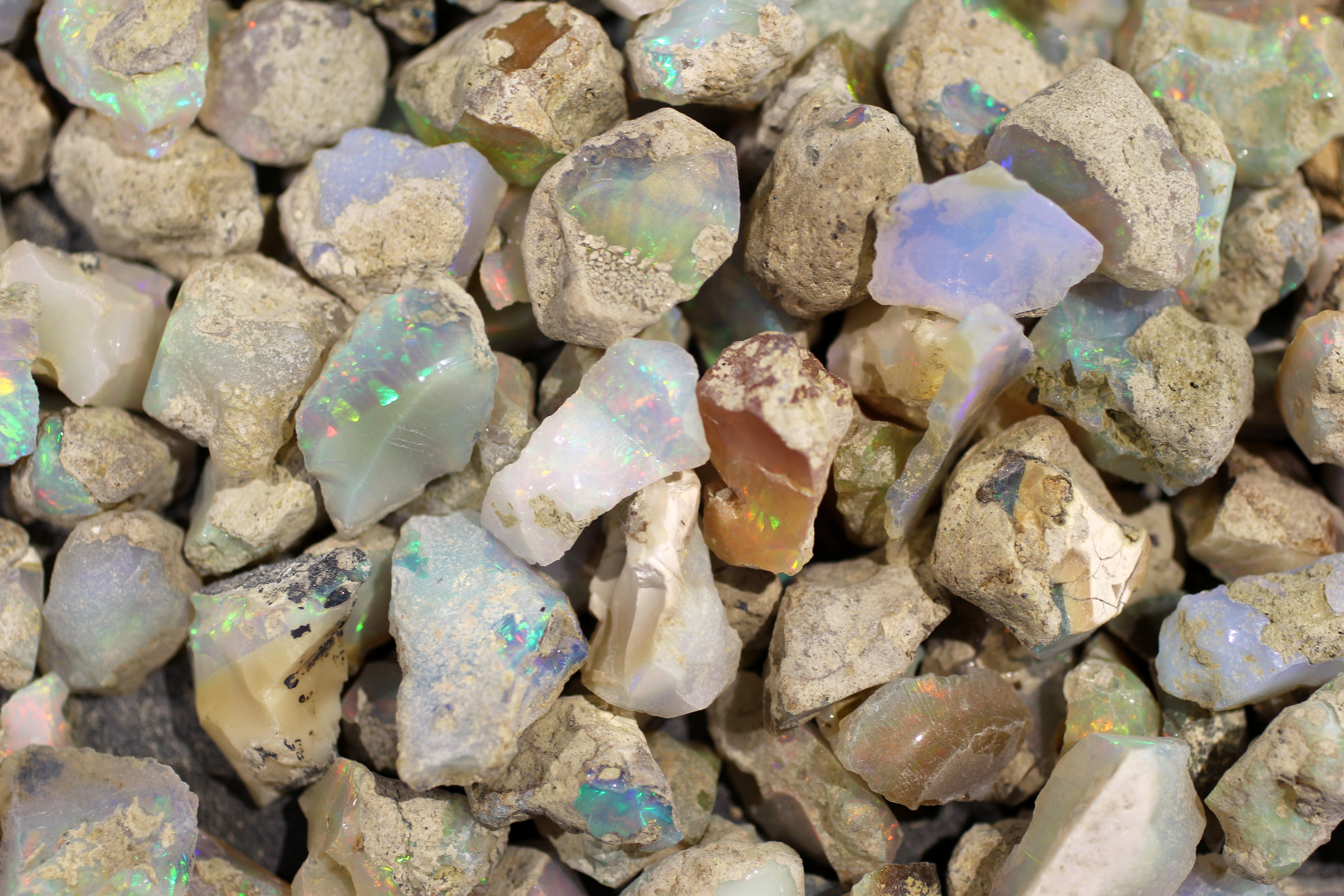October is a month of transformation, as the leaves turn vibrant shades of red and gold, and nature ushers in the cool embrace of autumn. Similarly, the gemstone associated with this enchanting month, the opal, is a stone of remarkable transformation, known for its mesmerizing play of colors. Let's delve into the fascinating origins of opal as October's birthstone and explore its rich history and symbolism.
The Ancient Origins of Opal
The name "opal" finds its roots in several languages. It is derived from the Latin word "opalus," meaning "precious stone." The Romans revered opals for their unique beauty, often believing them to possess the virtues of all other gemstones due to their ever-changing colors.
Opals have also been treasured by the ancient Greeks, who associated them with foresight and prophecy. The word "opallios" in Greek means "to see a change in color," reflecting the opal's ability to display a kaleidoscope of colors as it catches the light.
Australia: The Opal Capital of the World
Although opals have been found in various parts of the world, including Mexico, Brazil, Ethiopia, and Hungary, Australia stands out as the world's opal capital. The Australian outback, particularly the regions of South Australia, New South Wales, and Queensland, is renowned for producing some of the finest opals on Earth.
One of the most famous opal mining areas in Australia is Coober Pedy, known as the "Opal Capital of the World." Here, miners have toiled for over a century to unearth opals from the arid, sunbaked landscape, making Australia synonymous with these dazzling gems.
The Magical Play of Colors
What sets opals apart from other gemstones is their unique play of colors, known as "opalescence" or "opalescent fire." This phenomenon occurs due to the opal's internal structure, which scatters light in a captivating display of spectral colors. This remarkable feature has long captivated the imagination of those who admire opals.
There are two primary types of opal: precious opal and common opal. Precious opal displays a vivid and dynamic play of colors, while common opal lacks this iridescent quality. The most sought-after opals exhibit a stunning mix of colors, often with a base of white, but they can also come in various hues, including red, blue, green, and even black.
Symbolism and Healing Properties
Opals are believed to possess a wide array of mystical and healing properties. They have been associated with love, passion, and desire, making them a popular choice for engagement rings. Opals are also thought to inspire creativity and imagination, making them a cherished gem for artists and writers.
In the realm of crystal healing, opals are believed to have emotional and spiritual benefits. They are said to help alleviate anxiety and depression while promoting a sense of inner peace and tranquility. Opals are often associated with enhancing intuition and connecting with one's inner self.
The opal, with its captivating play of colors and rich history, makes for a fitting gemstone to represent the enchanting month of October. Whether you're an October-born individual seeking to celebrate your birthstone or simply a lover of gemstones and their unique stories, opals are a timeless choice that embodies the beauty of transformation and the magic of the natural world.
Opal: The Shimmering Birthstone of October

